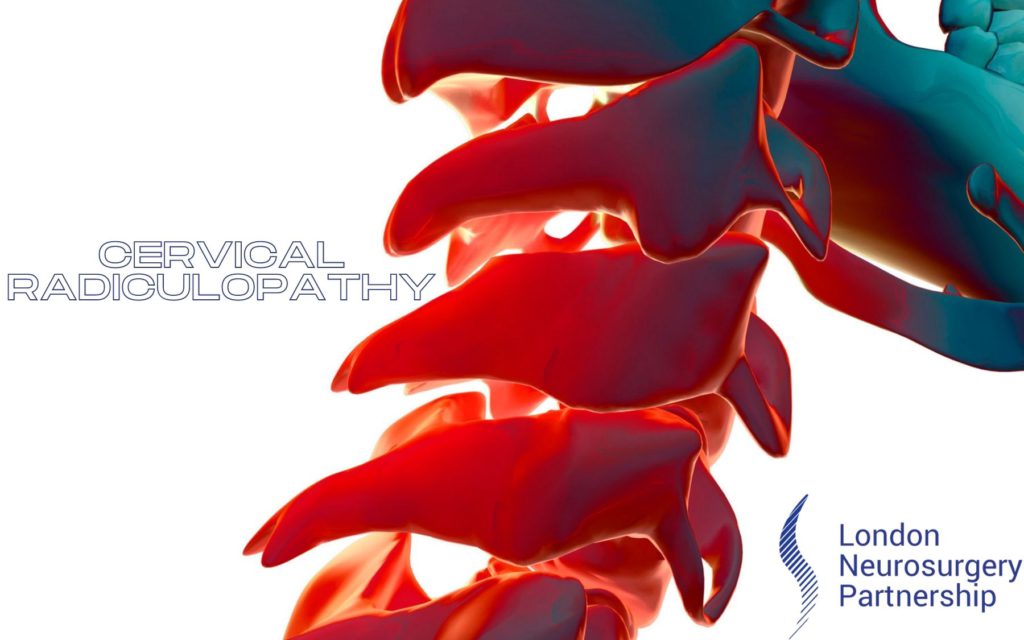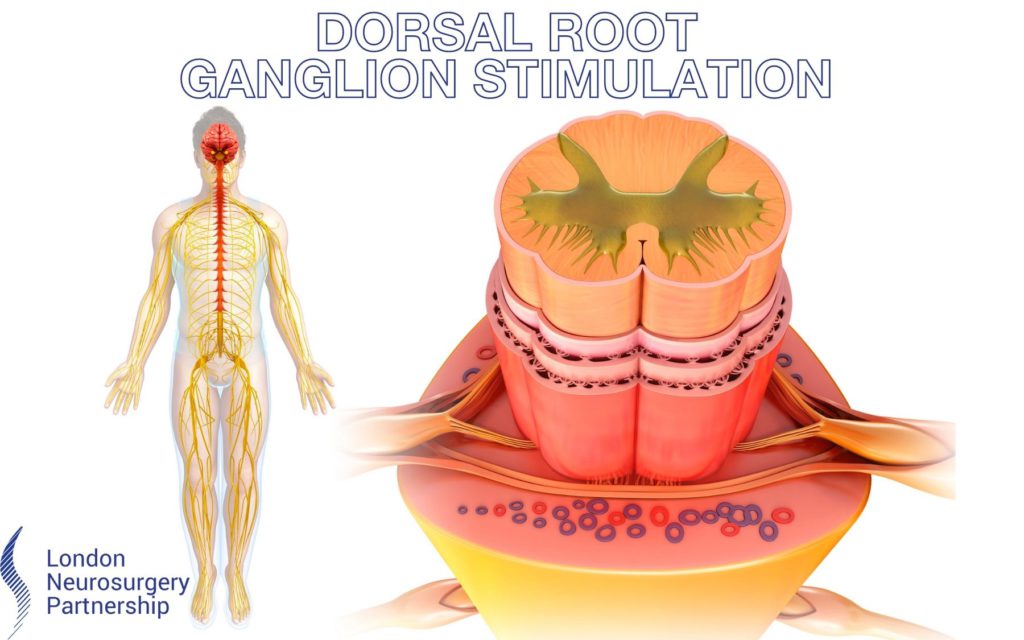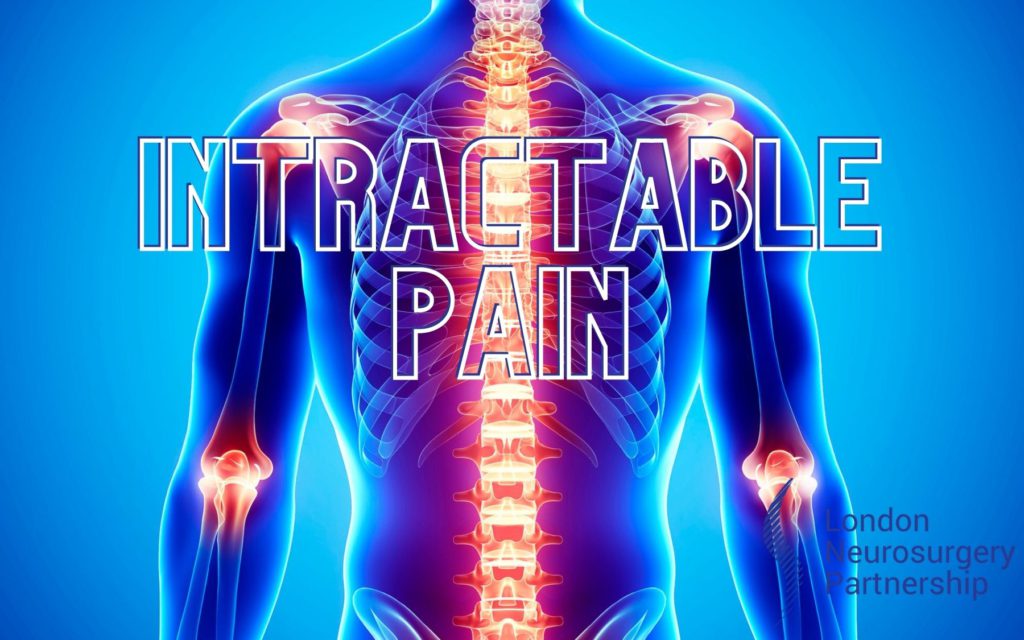
Cervical radiculopathy occurs when the nerve root in the cervical spine becomes compressed resulting in a pinched or damaged nerve.
Our amazing bodies have 8 pairs of cervical nerve roots which are numbered from C1 – C8. These nerves branch out and exit the spinal canal through the intervertebral foramen to primally supply the muscles which enable our shoulders, hands, fingers and arms to function and they also supply sensation.
Symptoms
When the nerve root becomes compressed or damaged the pain is felt in the arms and hands, most commonly on one side of the body. Some symptoms you may experience are:
- Weakness and numbness
- Pins and needles, tingling sensations
- Sharp pains in the arms, neck and shoulders which worsen through certain activities such as sneezing, standing for periods, and laying down.
- Cervical radiculopathy can become quite severe and can sometimes reduce the ability to perform daily tasks such as lifting and gripping, typing and writing. The pain may feel uncomfortable like a dull ache but it can progress to sharp, shocking and a burning sensation from your neck and down towards your fingers.
Causes of radiculopathy
- Degenerative changes are a common cause of cervical radiculopathy it occurs when the foramen narrows and shrinks which means the nerve root has less space and becomes impinged.
- Another cause may be injury. Cervical radiculopathy is often the result of a ruptured disc. These discs will get worse and herniate when you twist, bend and pull. Herniating the disc means the inner material of the cervical disc leaks out and compresses and inflames the nerve root which will ultimately cause pain – this is most common in younger people.
- There can be other causes of cervical radiculopathy such as:
- Infections of the spine
- Fracture
- Tumour
- Sarcoidosis – the growth of inflammatory cells
Diagnosing cervical radiculopathy
You will attend a consultation with your consultant, you will talk through your medical history and your symptoms, it is also good to supply your doctor with any previous imaging or medical records you may already have relating to this condition. Your consultant will then conduct a physical exam where your reflexes and sensation will be tested.
Cervical radiculopathy will be diagnosed via a scan, the type of imaging you may need are:
X-ray – to identify any narrowing of vertebral openings or disc injury
CT scanning – this provides a more in-depth image of the cervical spine
MRI scans – Provides detailed images and is able to identify damage to soft tissues and nerve roots
Electromyography – which can check nerve and muscle function as well as nerve communication with muscle fibers by monitoring electrical activity in the muscle
Treatments for cervical radiculopathy
Medications, like nonsteroidal anti-inflammatory drugs, opioid medicines or muscle relaxants, to manage the symptoms
Physical therapy is a great way to strengthen the muscles and prevent further damage and can really change the way you live and treat your body.
Steroid injections can immediately to reduce inflammation and relieve pain, they will need to be re-done every couple of months but can be very effective.
Your consultant will direct you to the best treatment for your type of cervical radiculopathy. If the above treatment are not suitable or have not been working then surgery may be an option. Surgery will ultimately reduce the pressure on the nerve roots by widening and relieving the space where the nerve root exits the spine (called decompression surgery). Minimally invasive surgery is available for this condition.
This article is intended to inform and give insight but not treat, diagnose or replace the advice of a doctor. Always seek medical advice with any questions regarding a medical condition.
Back to spinal conditions.





0 Comments